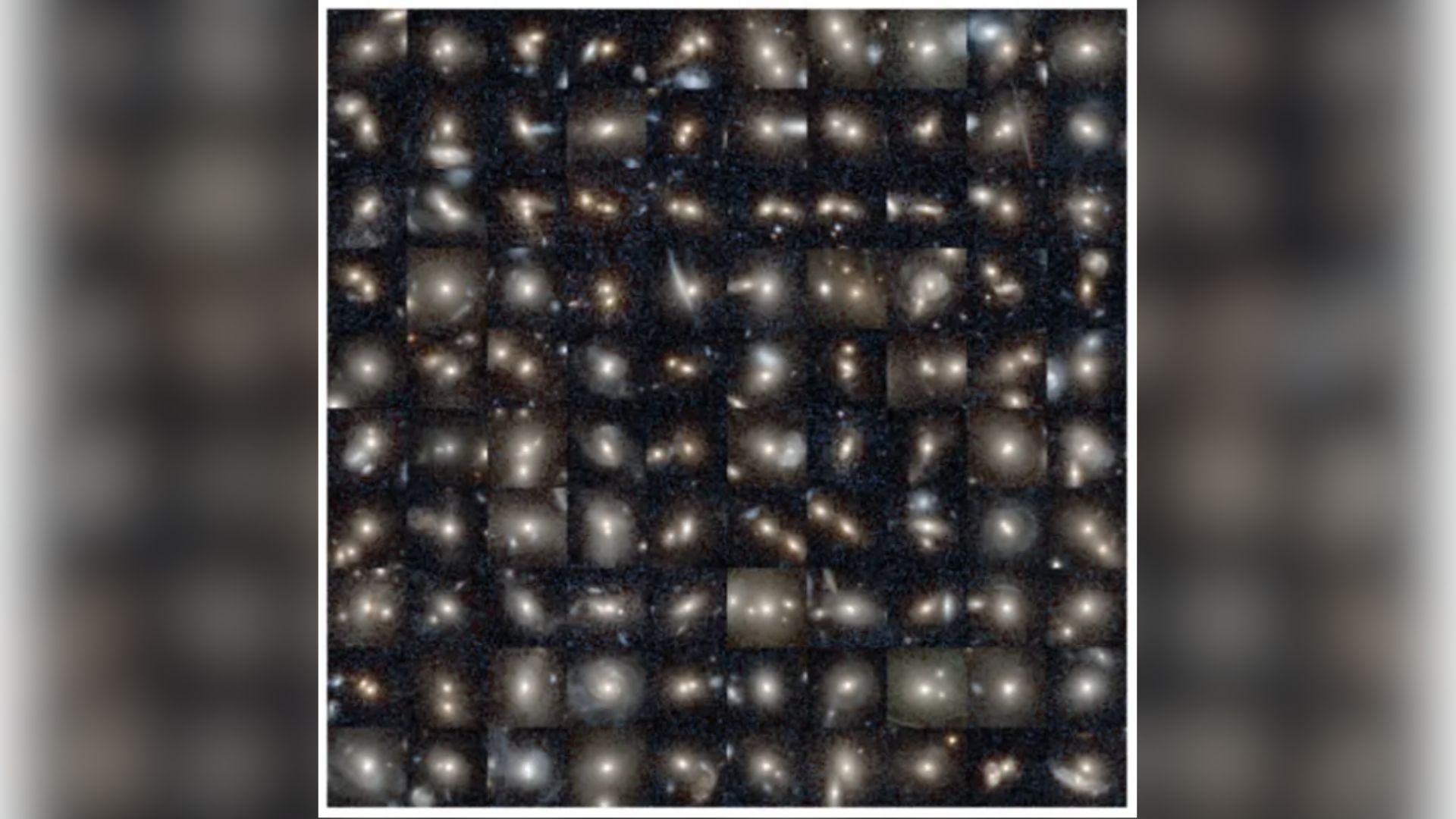Star Cluster to Pose With Venus in Night Sky
A brilliant star cluster will make an appearance with Venusthis week, making it a rewarding celestial target for skywatchers equipped withsmall telescopes.
This coming Friday, May 21, Venuswill pass just north of the beautiful star cluster Messier 35. The two will fitcomfortably in the low power eyepiece of most telescopes, weather permitting.
The open star cluster will appear below Venus on Fridayevening in the constellation Gemini. It is one of the largest and brighteststar clusters in the sky. This sky map shows how to spot Venusand the star cluster.
Messier 35 is about 3,000 light-years away from Earth,about as far as the farthest stars we can see with our naked eye. This starcluster is almost exactly opposite the center of the MilkyWay Galaxy in our sky.
Venus is gradually getting nearer to the Earth. This weekit will be 1.3 astronomical units distant, an astronomical unit being theaverage distance between the Earth and the sun.
In a telescope, it looks like a tiny gibbous moon. By Aug.20, it will be at its greatest elongation from the sun, 0.7 astronomical unitsaway, and look like a quarter moon.
From there it quickly moves between the Earth and the sun,passing just below the sun on Oct. 29, only 0.3 astronomical units away, andmoving into the morning sky. Even more startling is its change in size, from 12arcseconds in diameter this week to a full arcminute on Oct. 29, five timeslarger in diameter.
Breaking space news, the latest updates on rocket launches, skywatching events and more!
The next time Venus passes between us and the sun will beon June 5, 2012, when it will actually pass directly in front of the sun, inwhat is called a transitof Venus.
It last did that in 2004, and won't do it again until 2117,so this will be the last chance to see a transit of Venus in your lifetime.
What does "Messier 35" signify? It is the 35thobject in a catalog prepared by French astronomer Charles Messier in the 18thcentury. Messier (1730?1817) was primarily interested in comets, and began tokeep track of objects in the sky which could be confused with comets in thetelescopes of the day. These objects constitute what we call today "deepsky objects": astronomical objects mostly located beyond the stars wesee every night in the sky.
Nowadays the objects which Messier catalogued are favoritetargets for most amateur astronomers with telescopes.
Observing all of these 110 objects is a useful project forbeginning astronomers, since they include the brightest and best objects in thenight sky. Make a start on your "Messier list" tonight as Venusguides you to Messier 35.
- Gallery— Venus Crosses the Sun, Part2
- Images— Messier Objects in the Sky
- More NightSky Features from Starry Night Education
This article was provided to SPACE.com by Starry Night Education, theleader in space science curriculum solutions.

Geoff Gaherty was Space.com's Night Sky columnist and in partnership with Starry Night software and a dedicated amateur astronomer who sought to share the wonders of the night sky with the world. Based in Canada, Geoff studied mathematics and physics at McGill University and earned a Ph.D. in anthropology from the University of Toronto, all while pursuing a passion for the night sky and serving as an astronomy communicator. He credited a partial solar eclipse observed in 1946 (at age 5) and his 1957 sighting of the Comet Arend-Roland as a teenager for sparking his interest in amateur astronomy. In 2008, Geoff won the Chant Medal from the Royal Astronomical Society of Canada, an award given to a Canadian amateur astronomer in recognition of their lifetime achievements. Sadly, Geoff passed away July 7, 2016 due to complications from a kidney transplant, but his legacy continues at Starry Night.
